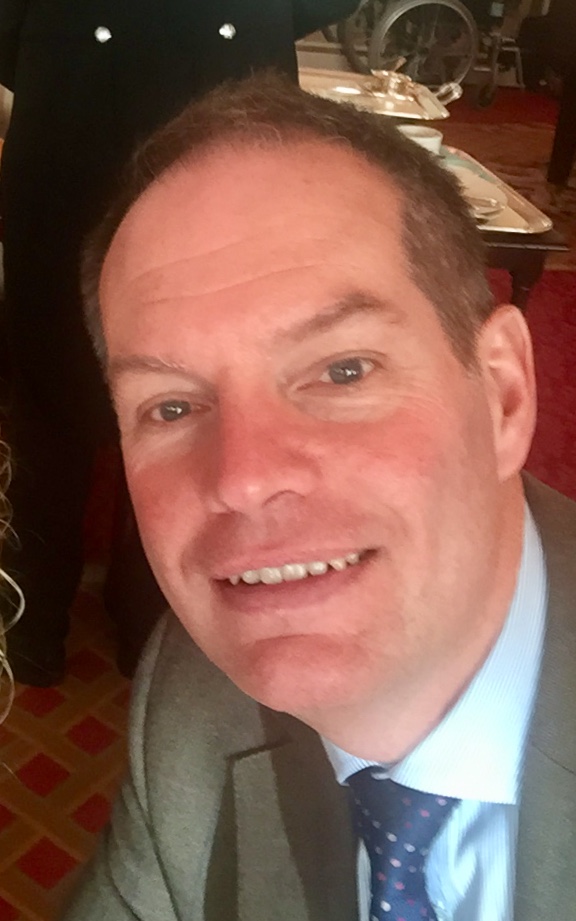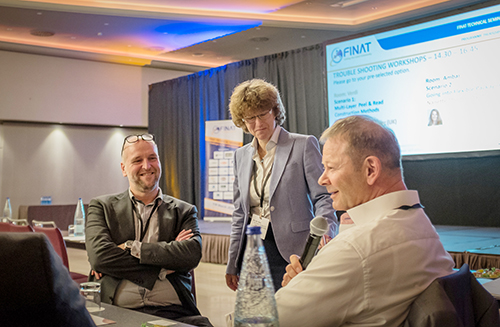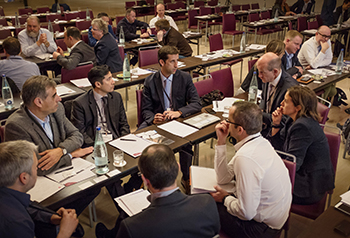FINAT Technical Seminar 2018: Multi-layer peel & read labels
 Multi-layer peel & read labels are finally taking off. They have been around for quite some time, but technical solutions and market demand are coming together now. During the FINAT Technical seminar, John Hammond of Nilpeter UK, explained the why and how.
Multi-layer peel & read labels are finally taking off. They have been around for quite some time, but technical solutions and market demand are coming together now. During the FINAT Technical seminar, John Hammond of Nilpeter UK, explained the why and how.
Reasons for take-off
The main reasons why the market for multi-layer peel and read labels is taking off right now are:
- Internationalization has led to a need to have labels in multiple languages;
- Regulation has increased the required amount of information that needs to be available on the label;
- Reduction of packaging waste has led to products being sold without a box, reducing the available print space;
- Brand owners want to extend the amount of communication space toward consumers, whether it is for promotion, coupons, instruction or health and safety warnings;
- Brand owners want to use as much space as they can for promotional artwork up front and multi-layer solutions make this possible.
These labels can be found in almost all market segments, like pharmaceutical, cosmetic & beauty, automotive and agricultural and resurge in the food markets because of legislation pressures.
How to get the story across?
 As an industry, it is important that the story gets across to the brand owners that their question regarding how to get the growing need to get information across to the consumer now has a solution. More examples in the market will increase awareness and lower the anxiety to take this route. For label printers, this creates new opportunities to display their technological abilities and increase margin.
As an industry, it is important that the story gets across to the brand owners that their question regarding how to get the growing need to get information across to the consumer now has a solution. More examples in the market will increase awareness and lower the anxiety to take this route. For label printers, this creates new opportunities to display their technological abilities and increase margin.
Mastering the requirements
Creating multi-layer labels is not easy and requires the right set up of equipment. During the seminar, John described the process to produce these layers in depth with original hand drawn diagrams and the use of his hands. Participants at the seminar were handed an example and the flow of the material through the press was described. The material will need to be laminated and delaminated, turned, crossed, rewind and cut. John started with describing how to produce a 2 ply, 3 page label and went up to 4 ply, 7 page labels, and even explained the difference between left and right hinged labels. The implications for the equipment required are such that offering solutions implies close cooperation between the converter and the equipment supplier.
Using the FINAT platform
 As more brand owners will see the value of multi-layered peel & read labels, the need for technical knowledge to deal with the production side will grow too. FINAT offers the platform and the network to help you take these steps and gain from the growing demand.
As more brand owners will see the value of multi-layered peel & read labels, the need for technical knowledge to deal with the production side will grow too. FINAT offers the platform and the network to help you take these steps and gain from the growing demand.






